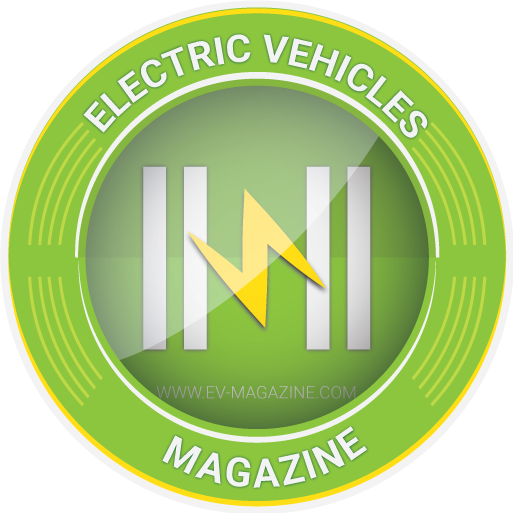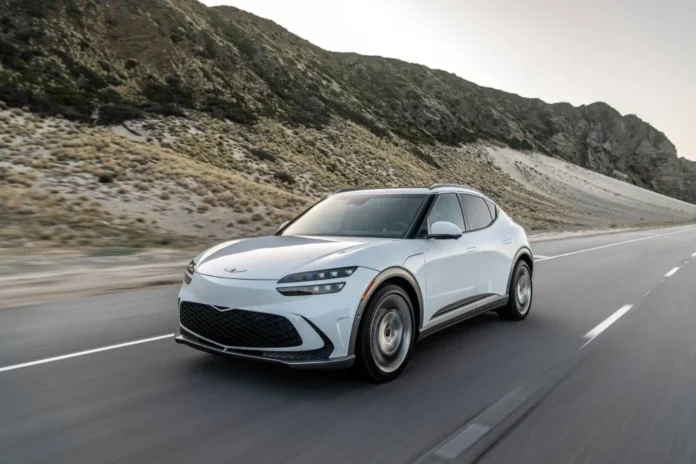In vanguard markets like California, the demand for places to charge electric vehicles, and battery-powered big rigs in particular, is outstripping the pace at which charging depots are being built. The companies rolling out electric trucks are increasingly eager to close that gap.
The latest example of this dynamic came last week, when EV charging-site developer Voltera announced a new $100 million debt facility. The financing, led by ING Capital with support from Investec, will support development of multiple Voltera-owned and -operated charging sites, along with corporate growth and other initiatives.
It’s not the first nine-digit financing for big truck-charging depots. San Francisco–based startup Terawatt Infrastructure has raised more than $1 billion to finance its plans to build a network of charging centers across the country. Oakland, California–based startup Forum Mobility raised $400 million last year to support its truck-charging depots at California ports and highways.
But according to Voltera, its $100 million debt facility is the first such financing vehicle “backstopped by customer contracts,” meaning that individual fleet operators, rideshare companies, and EV-charging network providers have contracted for access and usage of the sites being developed with the new funding.
“The typical financing we’ve seen in our sector to date has been private equity and venture capital-backed, and nothing of this size that is commercial financing for the development of critical infrastructure, backstopped by customer contracts,” Tyler Sentman, Voltera’s senior director of strategic finance, told Canary Media in an email. “The fact that we were able to raise this amount of debt is a positive signal that the markets believe in our industry and, more specifically, our business model.”
Voltera doesn’t lack access to capital. The Herndon, Virginia–based company launched in 2022 with equity backing from EQT Infrastructure, an arm of Swedish-based private equity firm EQT, which holds 246 billion euros ($270 billion) in assets under management.
The firm has also been making major investments since then — it has already opened its first big site in Lynwood, California, in partnership with Swedish electric-transport company Einride. The depot, opened in March, has 65 chargers that can fill the batteries of up to 200 electric trucks per day coming into and out of the ports of Long Beach and Los Angeles — epicenters of investment in heavy-duty electric-truck charging.
Voltera’s new financing isn’t limited to electric trucks. It’s also building sites for public-charging network providers, rideshare companies, and light-duty fleets, including an unnamed customer that’s contracted to use its vehicle charging site in San Francisco. The company is also targeting states other than California.
But California is where most of the action is today for electric trucks. Trucking companies and freight and logistics operators in the state are under significant pressure to meet its looming electrification requirements — and Voltera sees a major opportunity in building the chargers needed to help those companies meet state mandates.
The regulatory environment
California’s ambitious Advanced Clean Fleets rule calls for converting the state’s 1.8 million commercial trucks to emissions-free vehicles over the next two decades, with several nearer-term targets along the way.
Thanks to this regulation, California leads the electric trucking space, with far more of the vehicles deployed than any other state. Still, it’s not alone in facing pressure to expand charging capacity for a rising number of electric trucks. At least 10 other states have adopted truck emissions standards similar to California’s.
At the federal level, EPA last year issued rules that will require increasingly lower emissions from trucks, buses, and other large vehicles sold between 2027 and 2032. The Biden administration has laid out a plan for building out the charging capacity required to power this forthcoming wave of electric trucks, starting with freight hubs and expanding to interstate highway corridors which are expected to see the preponderance of electric trucking through the coming decade.
The Bipartisan Infrastructure Law provides $2.5 billion in funding for grants to support charging in disadvantaged and sparsely populated communities — as well as for heavy-duty freight corridors. In January, the administration approved $623 million in grants from this program to 47 applicants in 22 states and Puerto Rico, including several large-scale truck-charging projects in California, Texas, and other states. Ports in New York and New Jersey are being targeted for charging sites capable of serving hundreds of electric heavy-duty trucks.
Earlier this year, Voltera won $9.6 million in federal grants to support its port charging, including $1.8 million for a second charging site near the ports of Los Angeles and Long Beach, as well as $7.8 million to deliver up to 23 megawatts of capacity for more than 120 charging stalls near the port of Savannah, Georgia.
The earliest mandates under California’s aggressive clean-trucking rules fall on the 33,500 drayage trucks that move cargo from ports to warehouses across the state. These vehicles are some of the oldest and most heavily polluting trucks on the road, making them disproportionately harmful to both the climate and to the people who live near the ports — most of whom are low-income and people of color. All the trucks must be completely converted to zero-emissions vehicles by 2035.

Source link by Canary Media
Author Jeff St. John
#money #flowing #charge #electric #trucks #California





